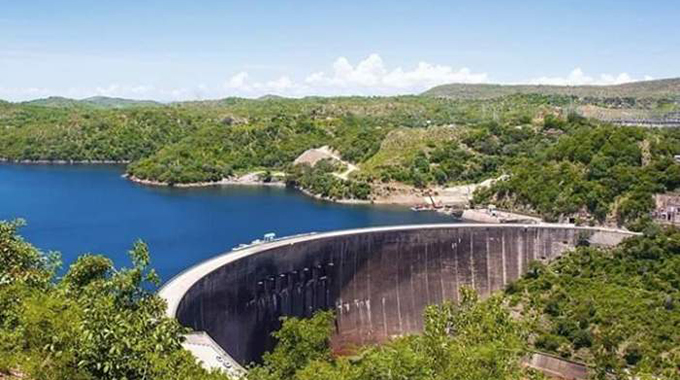
Walter Nyamukondiwa Kariba Bureau
The latest Zambezi River Authority (ZRA) hydrological report shows that Lake Kariba is now at 32,77 percent of usable storage for power generation, up from 32,70 percent during the same period last year.
“The Lake level has continued rising steadily. It closed the period under review at 480.13m (32,77 percent usable storage) on 11th May 2020.
“Last year on the same date, the Lake level was at 480.01m (32,70 percent usable storage) from April 28 to May 13, 2020,” reads the report.
The water levels in Lake Kariba are still rising.
At this time last year, the lake level had been falling steadily for months while this year, thanks to better inflows and tighter rationing for the power stations, the level is still rising steadily.
Boats, which had been moved further into the lake as levels dropped at harbours, are now being moved back into their normal berths as the lake reclaims dried out shores.
According to the latest ZRA hydrological report, the lake now holds 32,77 percent of usable storage for power generation while during the same time last year, it was at 32,70 percent.
Usable storage is the water in the top 13m of a full lake, that is the water above the inlets to the two power stations.
There is a lot more water below the minimum usable level, and a lot of fish there, but it cannot be used to generate electricity.
Most of the water in the lake comes from runoff in south-east Angola and rainfall in north-east Zambia.
The critical station for measuring expected flows from the upper catchment is at Chavuma in Zambia, just south of the Angolan border.
Flows are now diminishing, but are not low. On Monday, Chavuma was recording a flow of 1 200 cubic metres a second, compared to just 354 cubic metres a second this time last year.
Victoria Falls flows have declined from 4375 cubic metres per second to 4306 cubic metres per second as the Angolan flows are supplemented by Zambian rainfall. Very little comes from rivers in north-west Zimbabwe and south central Zambia.
At the beginning of April, the lake was almost 11 metres from full and while acknowledging high inflows into the lake, the ZRA calculates that the maximum level to be reached this year will be far below full, thanks to evaporation losses and water discharged during power generation.
ZRA expects about 55,5 billion cubic metres of water to flow into Lake Kariba this year, to add to the 10,5 billion cubic metres of “usable water” already in the lake. However, the projections could be reviewed after higher than anticipated flows upstream of the Zambezi River.
